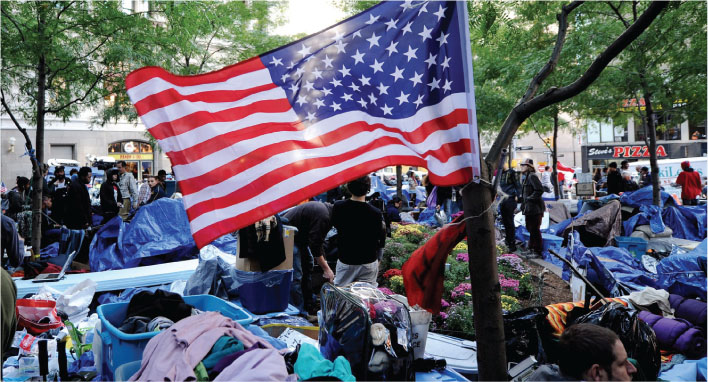The Occupy Wall Street (OWS) movement, which has now spread to a number of cities across the United States, will test both public and private entities when claims start rolling in, says one risk-management expert.
While most cities are accustomed to demonstrations, they may not be prepared for an ongoing movement like OWS, says Lori Seidenberg, a member of the Risk and Insurance Management Society’s board of directors, who serves as board liaison to the society’s Standards & Practices Committee.
 “Something like this could not have been anticipated by any risk manager,” she says. “I know there is always a chance of a gathering in a park, but I don’t think a prolonged occupation was on anybody’s radar.”
“Something like this could not have been anticipated by any risk manager,” she says. “I know there is always a chance of a gathering in a park, but I don’t think a prolonged occupation was on anybody’s radar.”
Recommended For You
Want to continue reading?
Become a Free PropertyCasualty360 Digital Reader
Your access to unlimited PropertyCasualty360 content isn’t changing.
Once you are an ALM digital member, you’ll receive:
- Breaking insurance news and analysis, on-site and via our newsletters and custom alerts
- Weekly Insurance Speak podcast featuring exclusive interviews with industry leaders
- Educational webcasts, white papers, and ebooks from industry thought leaders
- Critical converage of the employee benefits and financial advisory markets on our other ALM sites, BenefitsPRO and ThinkAdvisor
Already have an account? Sign In Now
© 2025 ALM Global, LLC, All Rights Reserved. Request academic re-use from www.copyright.com. All other uses, submit a request to [email protected]. For more information visit Asset & Logo Licensing.








